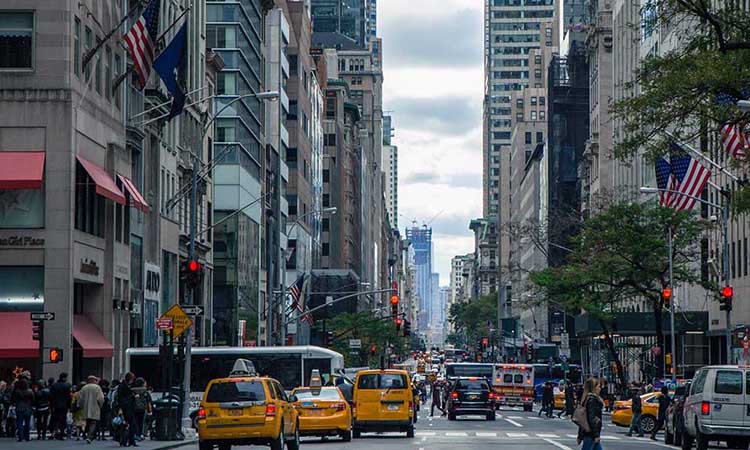RURAL AND URBAN – Two Community Types, Definition And Their Characteristics
RURAL AND URBAN – In this topic, we will now discuss about the two types of communities: rural and urban, and their characteristics.
But first, let us know the definition of a community.
Community
It is defined as a larger group of individuals or people living together for a long time in a certain place with the similar interest, goals, ways of life, the norms, and more.
There are two types of communities, rural and urban. Let’s start with rural, shall we?
Types of Communities
Rural

It is a type of community wherein the area, based on geographical conditions, is under developed and uncivilized.

Characteristics:
- Sparsely or thinly populated due to the people leaving the area and settles in urban areas for more facilities
- Has homogeneity in terms of profession because it is their only source of income, which is agriculture, and is passed on from generation to generation.
- Has homogeneity in clothing, language, and customs since they belong to the same ares
- Slow means of communication
- Slow rate of change due to lack of education and modern technology
- Culture is transmitted from generation to generation
- Simple way of living, resulting in informal social life.
- Strong relationships and interactions from people
- Less rate of pollution since there are no factories or mills
- People show great hospitality to guests
Urban

In contrast to rural areas, urban is a type of community in which the areas are developed and civilized based on geographical conditions.

Characteristics:
- Thickly populated due to rural people settling this community for better facilities
- Heterogeneity in profession in terms of multiple jobs people can earn
- Heterogeneity in dress, language, people and culture due to the diversity of people.
- Fast means of communication
- Fast rate of change due to education of modern technology
- Formal social life
- Weak relationships and interactions from people.
- High rate of pollution
- Lack of hospitality because people are busy.
READ ALSO: NOISE POLLUTION: Here Are The Things You Need To Know
